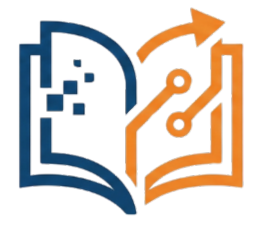Activity: Understanding Basic Statistics using Pen and Paper
Objective: To reinforce the basic statistical concepts using pen and paper through real-world examples from computer engineering.
Materials Needed:
- Pen or pencil
- Sheets of paper
- Calculator
Activity:
- Understanding Variables:
- Categorical Variable: Consider a computer lab with different types of operating systems. There are 5 computers running Windows, 3 computers running macOS, and 2 computers running Linux. Draw a bar graph representing the distribution of operating systems.
- Numerical Variable: In the same computer lab, suppose we tracked how long (in hours) each computer was used over one day. The usage times are as follows: {4, 6, 3, 7, 5, 5, 6, 4, 2, 7}. Create a frequency distribution table and a histogram representing this data.
- Central Tendency:
- Using the computer usage times from the previous task, calculate the mean, median, and mode. Show your calculations on paper.
- Dispersion:
- Still using the computer usage times data, calculate the range, variance, and standard deviation. (Hint: To calculate the variance, first find the mean, then subtract the mean from each number and square the result, calculate the average of these squared differences, this is the variance. For standard deviation, find the square root of the variance).
- Hypothesis Testing (Conceptual):
- Think about a hypothesis related to computer engineering that can be tested with statistical methods. For example, “Increasing the amount of RAM in a computer improves its performance.” Discuss how you could theoretically design an experiment to test this hypothesis, including what data you would collect and how you would analyze it.
- Correlation and Regression (Conceptual):
- Consider two variables: the number of processors (cores) in a computer and the computer’s performance score. If you had data on these variables for a set of computers, discuss how you could theoretically use correlation and regression to analyze the relationship between them.
Submission: Upon completion, create a short report on a separate piece of paper summarizing your results, and include your graphs, tables, and calculations.
Assessment: Your work will be assessed on the completeness and accuracy of your calculations, your understanding of the statistical concepts, and the clarity of your report and visualizations.

